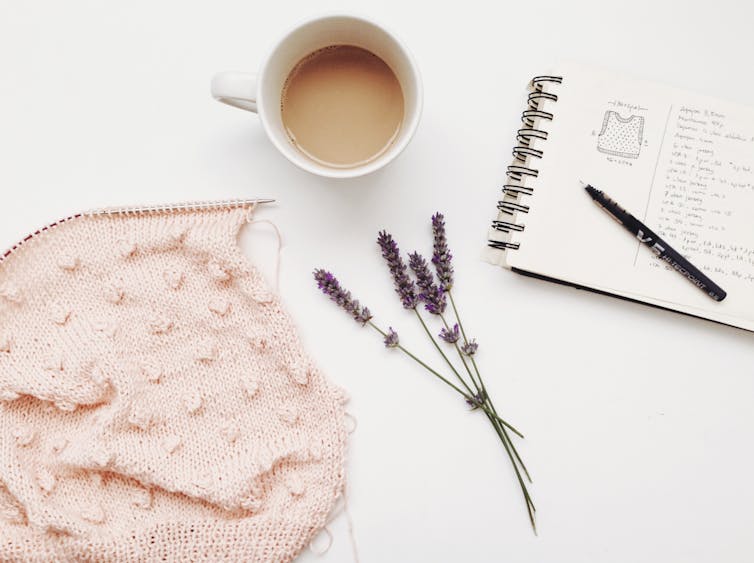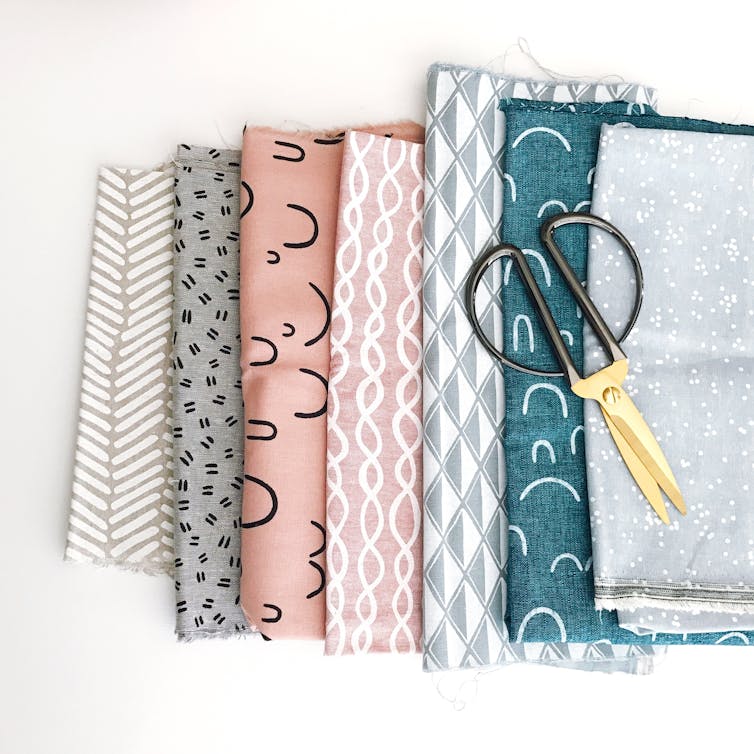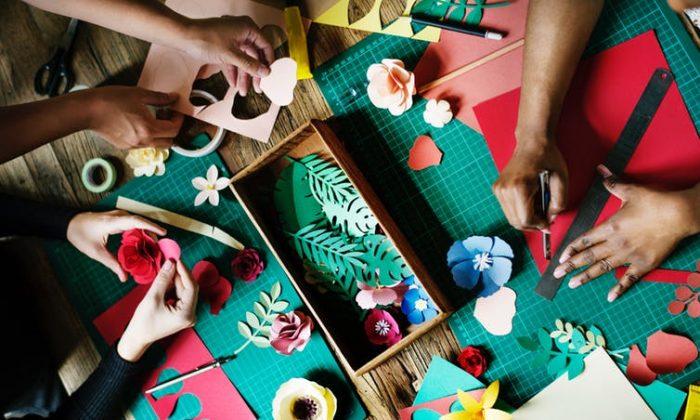At a time when many of us feel overwhelmed by the 24/7 demands of the digital world, interest in craft practices, cooking from scratch, and productive home gardens, and other activities are being looked to as something of an antidote to the stresses and pressures of modern living.
Craft as Therapy
For over a century, arts and craft-based activity have been a core part of occupational therapy that emerged as a distinct health field around the end of the First World War in response to the needs of returned soldiers. This includes many suffering from what we now refer to as post-traumatic stress disorder, but then referred to as “shell shock.”
The Benefits of Craft According to Science
A large-scale international online survey of knitters found respondents reported they derived a wide range of perceived psychological benefits from the practice: relaxation; relief from stress; a sense of accomplishment; connection to tradition; increased happiness; reduced anxiety; enhanced confidence, as well as cognitive abilities (improved memory, concentration and ability to think through problems).Some 74 percent of research participants described feeling “distracted” or “distanced” from these negative emotional and cognitive states, as well as more relaxed and comfortable. Over half said they felt less stressed, a feeling of accomplishment, and less likely to act on their “ruminating thoughts.”

Why Does Craft Make Us Feel Good?
What unites almost all of these studies, is that while the practice of craft, especially those such as knitting, quilting, needlework, and woodworking, may at first appear to be relatively private activities, the benefits also substantially arise from the social connections craft enables.One of the strengths of craft practice, especially as a contributor to well-being, is precisely that it can be both solitary and collective, and it’s up to the individual to decide.
For the shy, the ill, or those suffering from various forms of social anxiety, this control, as well as the capacity to draw away any uncomfortable focus upon themselves and instead channel this into the process of making, is a much-valued quality of their craft practice.
The research into the physical and mental health benefits of craft remains largely qualitative and based on self-reporting. And it especially explores craft’s capacity to generate positive health outcomes through positive mental health. While there’s much more work to be done here, it’s clear craft continues to play a key role in enhancing the quality of life of those who participate in its practices.

